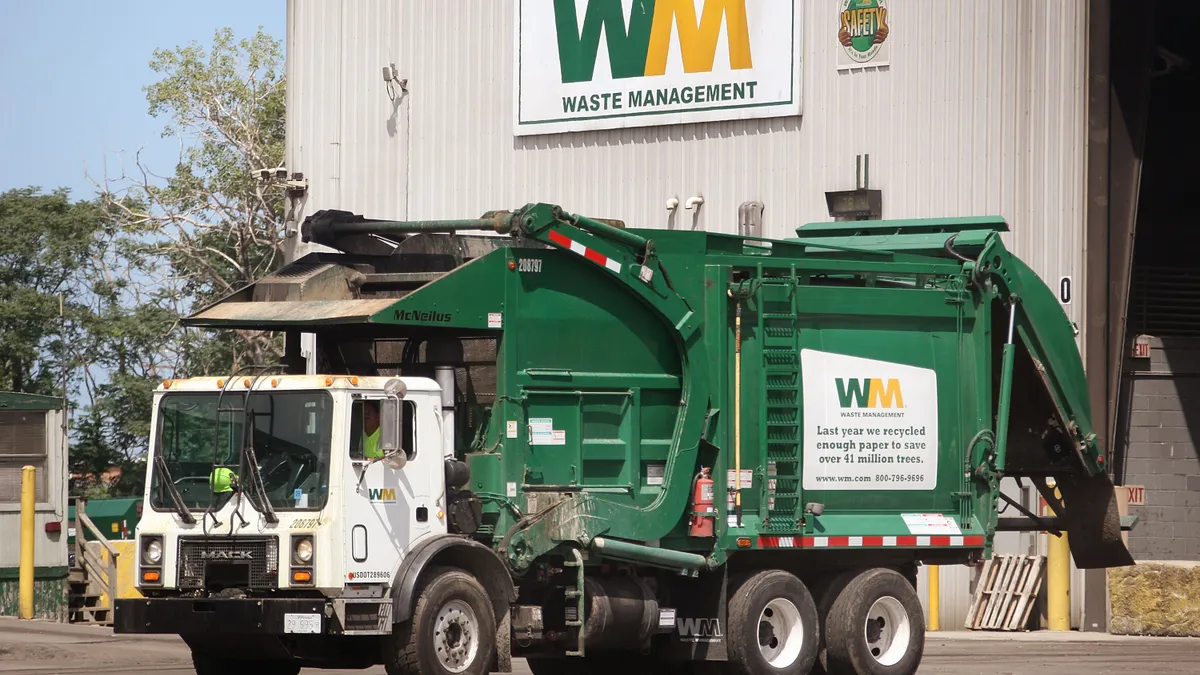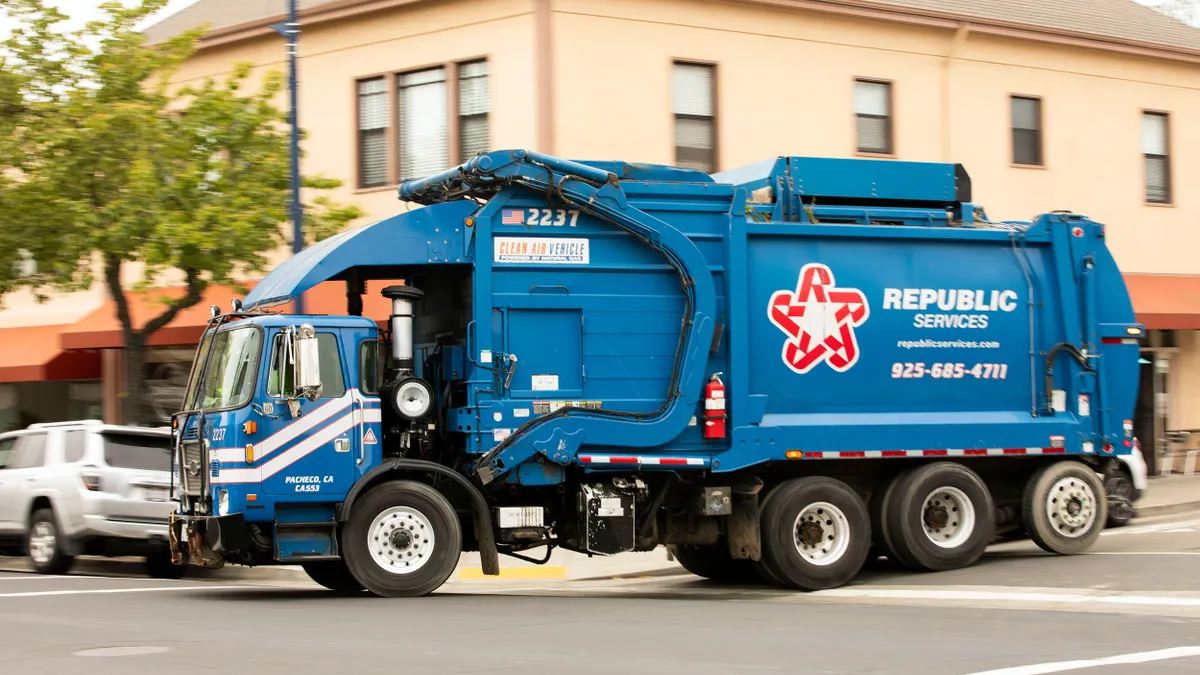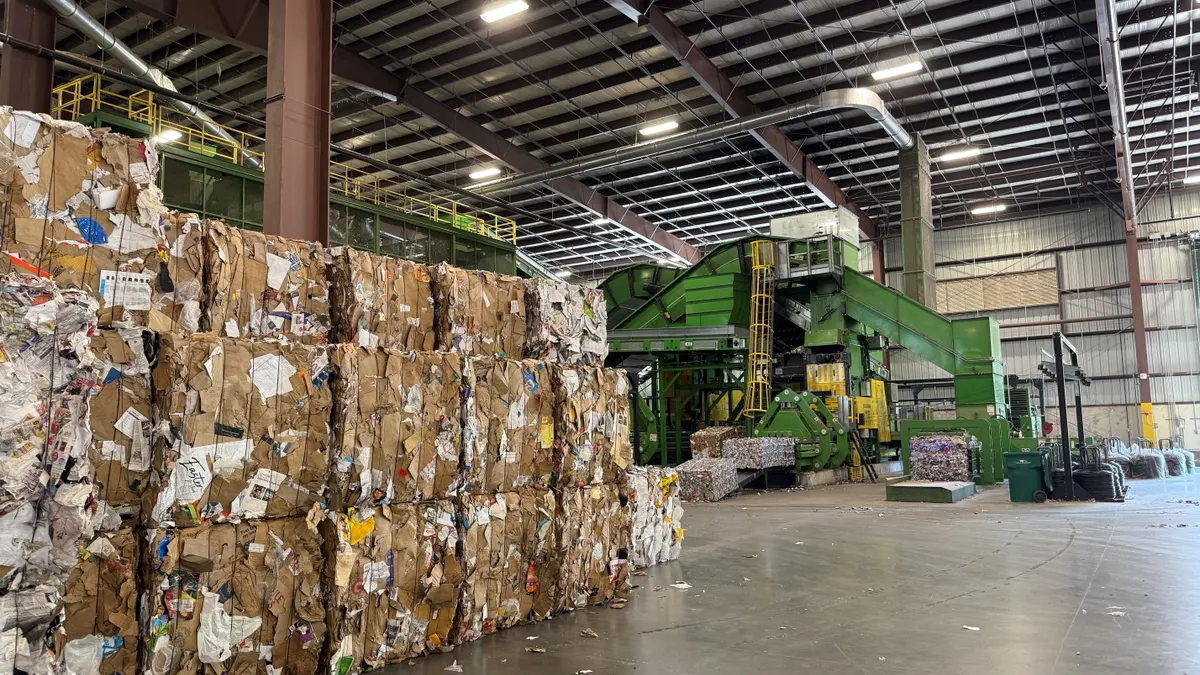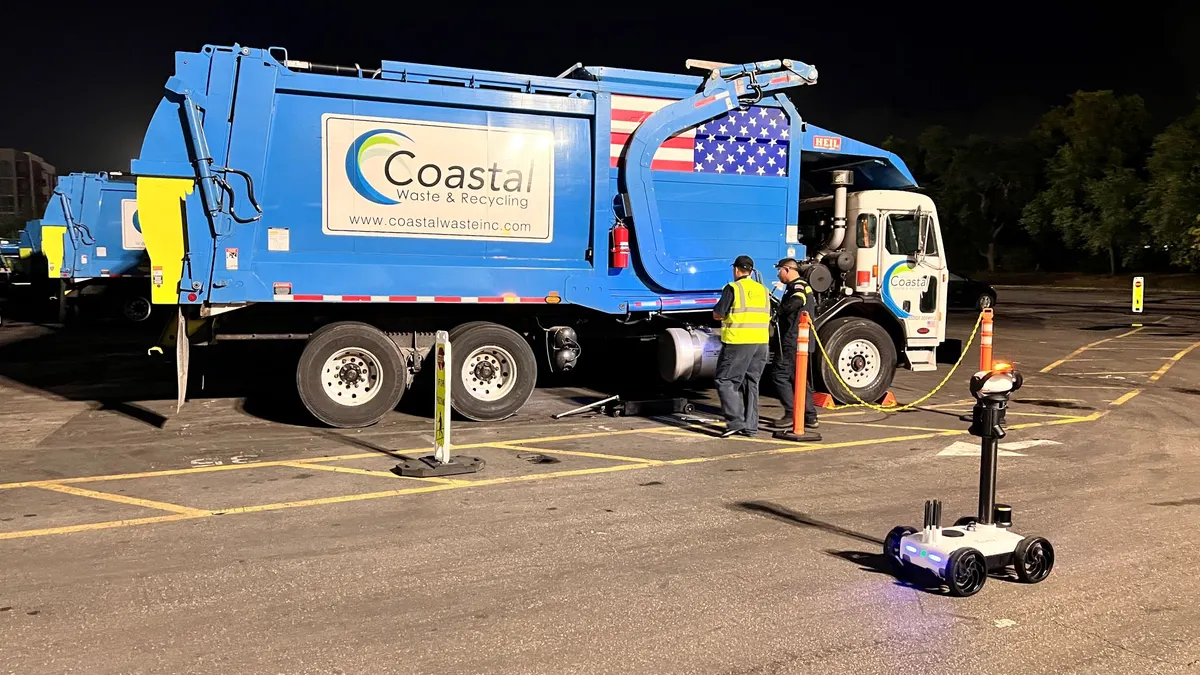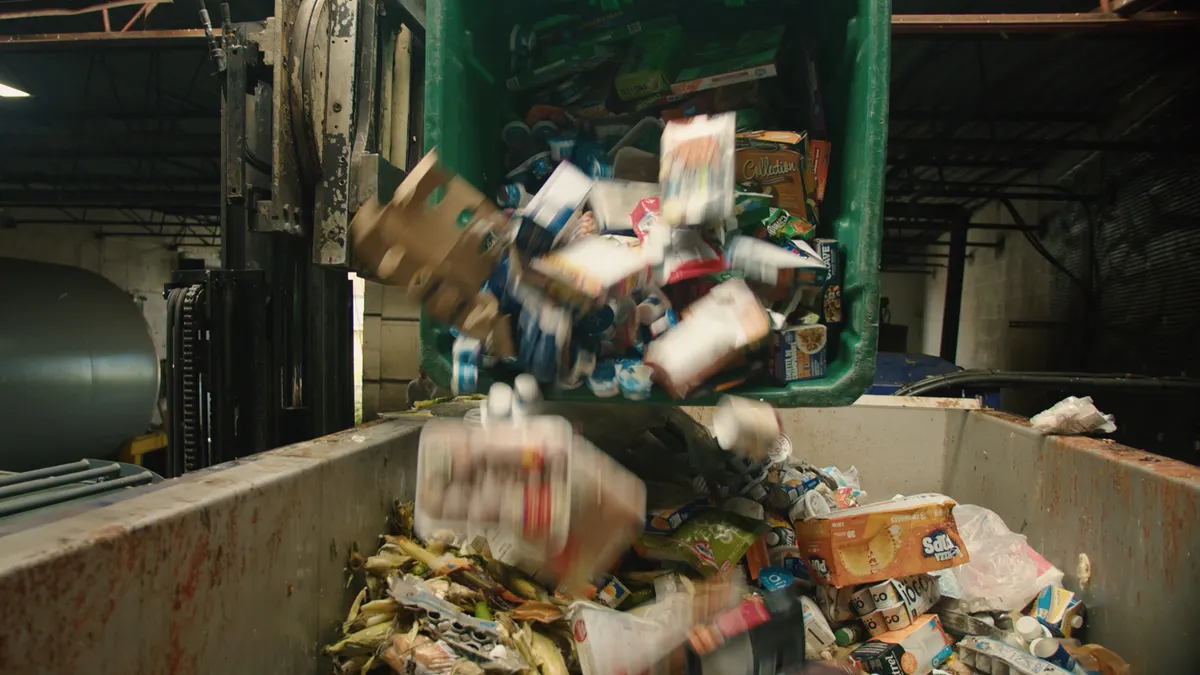New York's commercial waste industry gathered last week for a symposium on improving safety amid tough headlines and potentially major changes on the horizon.
The half-day event was a rare opportunity for employees, business owners, government officials and experts to discuss the best way forward for one of the city's most essential services. Waste collection continues to rank among the top-five most dangerous occupations in the country and local activists have been demanding reforms for more than a year. While many tips and technologies were discussed, the day’s main theme was simple — the industry can and must do better.
"We have a responsibility to make the industry safer," said David Biderman, CEO of the Solid Waste Association of North America (SWANA). "We really need to get our act together."
Co-hosted by the National Waste & Recycling Association (NWRA) and SWANA, the event drew an estimated 100 waste professionals from the greater metropolitan area. The commissioners from the city's Business Integrity Commission and Department of Sanitation were in attendance, along with representatives of safety programs from companies such as AT&T, Coca-Cola and FreshDirect. Registration was free to encourage more attendance and separate discussions were hosted for operators and strategists.
The main focus for operators was to remind them of their rights and responsibilities as professionals with commercial driver's licenses (CDL). In the most basic sense this means watching out for pedestrians, bikes, taxis and other vehicles that may not be paying attention. Keeping the radio volume low, communicating well with helpers and most importantly never looking at a phone while driving — even for directions or to answer a call from a supervisor — were reinforced as the best ways to stay alert.
Doing all of this, often overnight and sometimes in bad weather, can be very tough. This was recognized throughout the session, but operators were reminded to rise to the challenge.
"You can not let stress get the best of you,” said Paul Zambrotta, safety director for Mr. T Carting. “Having that CDL means a lot more than you think it does."
Though as was discussed in another session, even the best employees can only do so much without buy-in from leadership. Creating a positive safety culture doesn't have to be expensive. Companies can do small things such as post safety data in their garages or recognize employees for good records. It's also important that management take responsibility for any faulty equipment or unsafe conditions that may occur in the workplace.
The Action Environmental Group, now one of the largest carters in New York, has been held up as a positive example of safety culture. Ken Levine, the corporate safety director, said the company started its training program last year, recently used a drone to film collection procedures at a select location and has installed cameras in 20% of its fleet so far.
"We feel that these behavioral cameras are going to be something that's a game changer," said Levine.
In addition to capturing what happened during any incident — which is appealing to insurance companies — the cameras are also useful for reviewing a driver's habits and help them be more efficient.
Not every company has the scale or resources of Action, though the speakers said that progress can be made by addressing the most expensive, frequent safety issue a company has and working down the list from there. Attendees were also encouraged to use materials from trade associations or share best practices with other companies as safety information shouldn't be proprietary.
Local government can also be helpful in obtaining some safety equipment. So far 10 companies have taken advantage of a city program to order 70 side guards for their trucks. A recently enacted city law now requires this feature to be installed on all trucks by 2024.
SWANA and NWRA have expressed interest in holding more safety events in the future. The next step is to reach out to the remaining companies which didn't attend the symposium and aren't active trade association members.
The organizers planned this event to focus on safety, not politics, but the realities of what the industry faces had crept back in by lunch. Antonio Reynoso — chair of the City Council's sanitation committee and a frequent critic of the industry — delivered brief remarks making his case for change and offering to speak to anyone that wanted to come with solutions in good faith. Prior to the event, Reynoso had been at a last-minute press conference held by reform activists to promote a new vehicle safety report just a few blocks away.
Kendall Christiansen, manager of the NWRA's local chapter, took issue with the report's conclusions.
"[The report] bears no relation to the reality that the city’s private-sector companies that collect waste, recyclables and organics daily put hundreds (not thousands) of trucks on the road that are safe, well-equipped and maintained, and ready with well-trained and responsible drivers to perform essential services for the city," Christiansen wrote in an emailed statement.
When asked about the role that these activists have played, Reynoso gave them more credit.
"Without those advocates' voices maybe this meeting never happened," he said after his remarks.
Biderman downplayed this idea, while recognizing that attention from media and elected officials had affected the conversation around New York's private carting industry.
"The political environment contributed to the urgency of holding this event," he said.
Once a long-awaited city study on commercial waste comes out this summer that environment is likely to get more heated.







